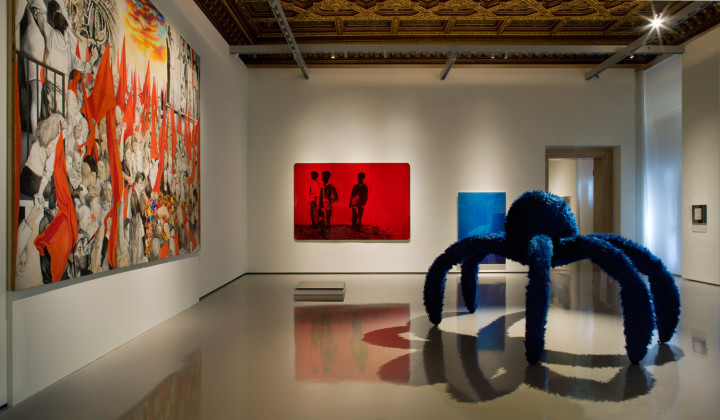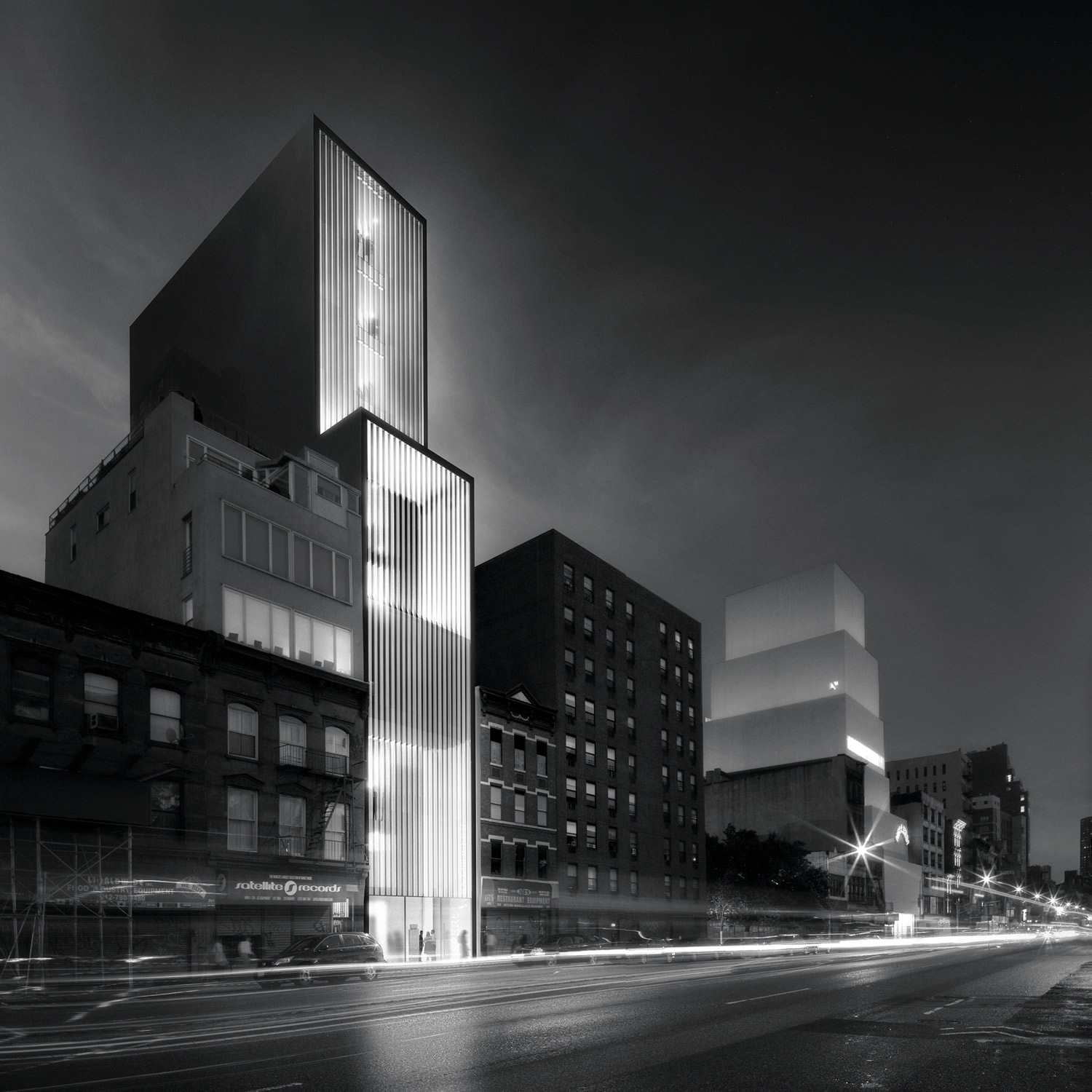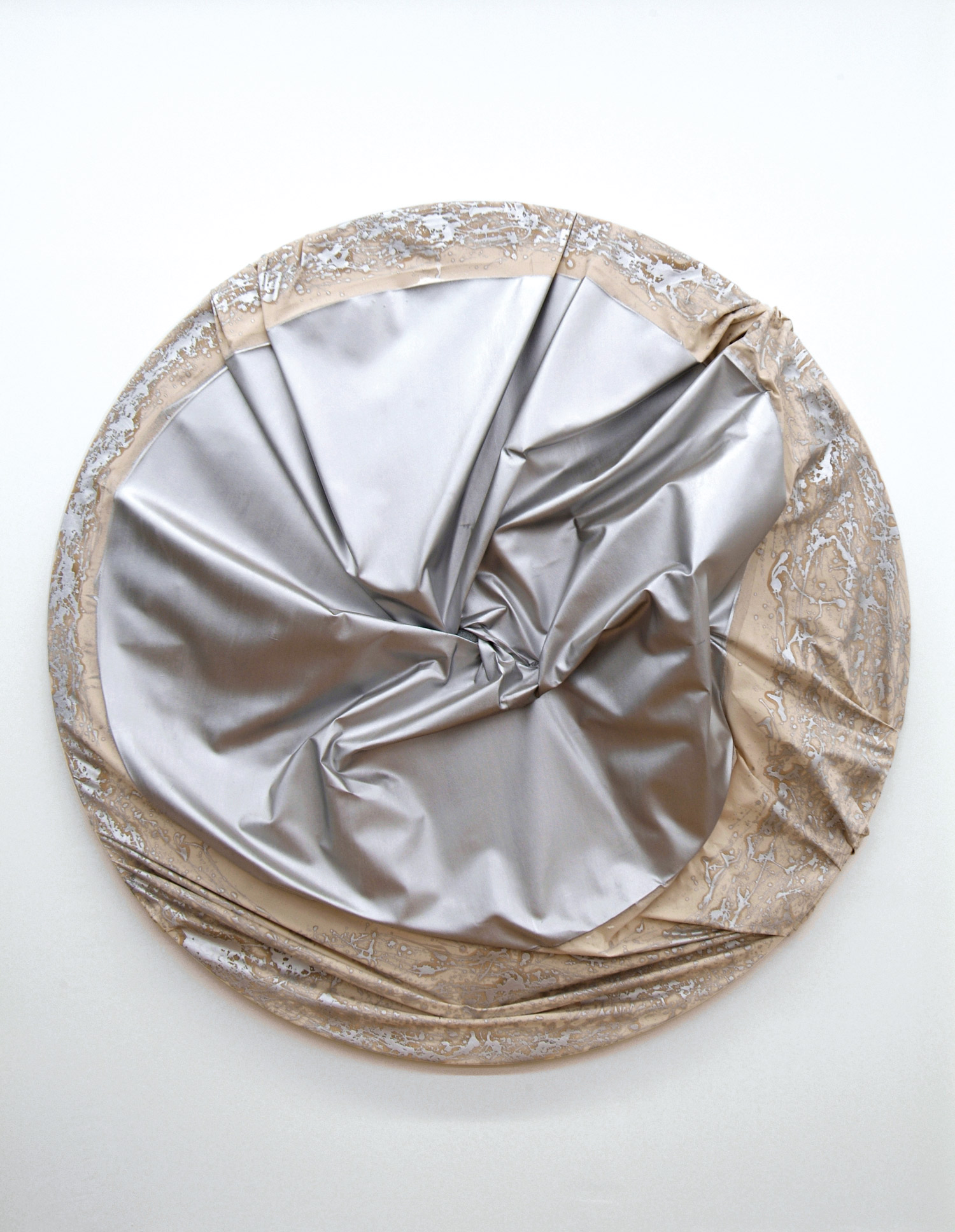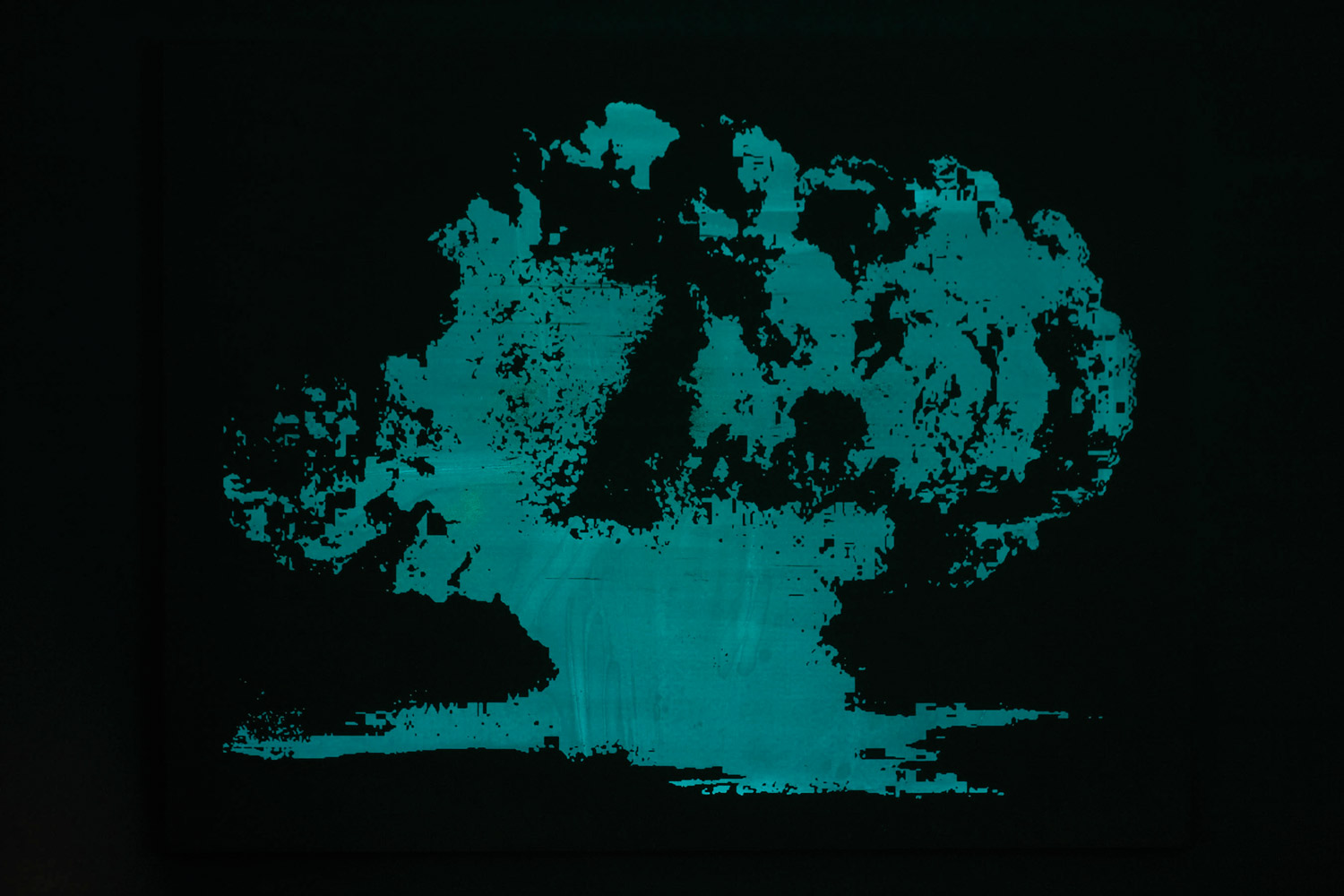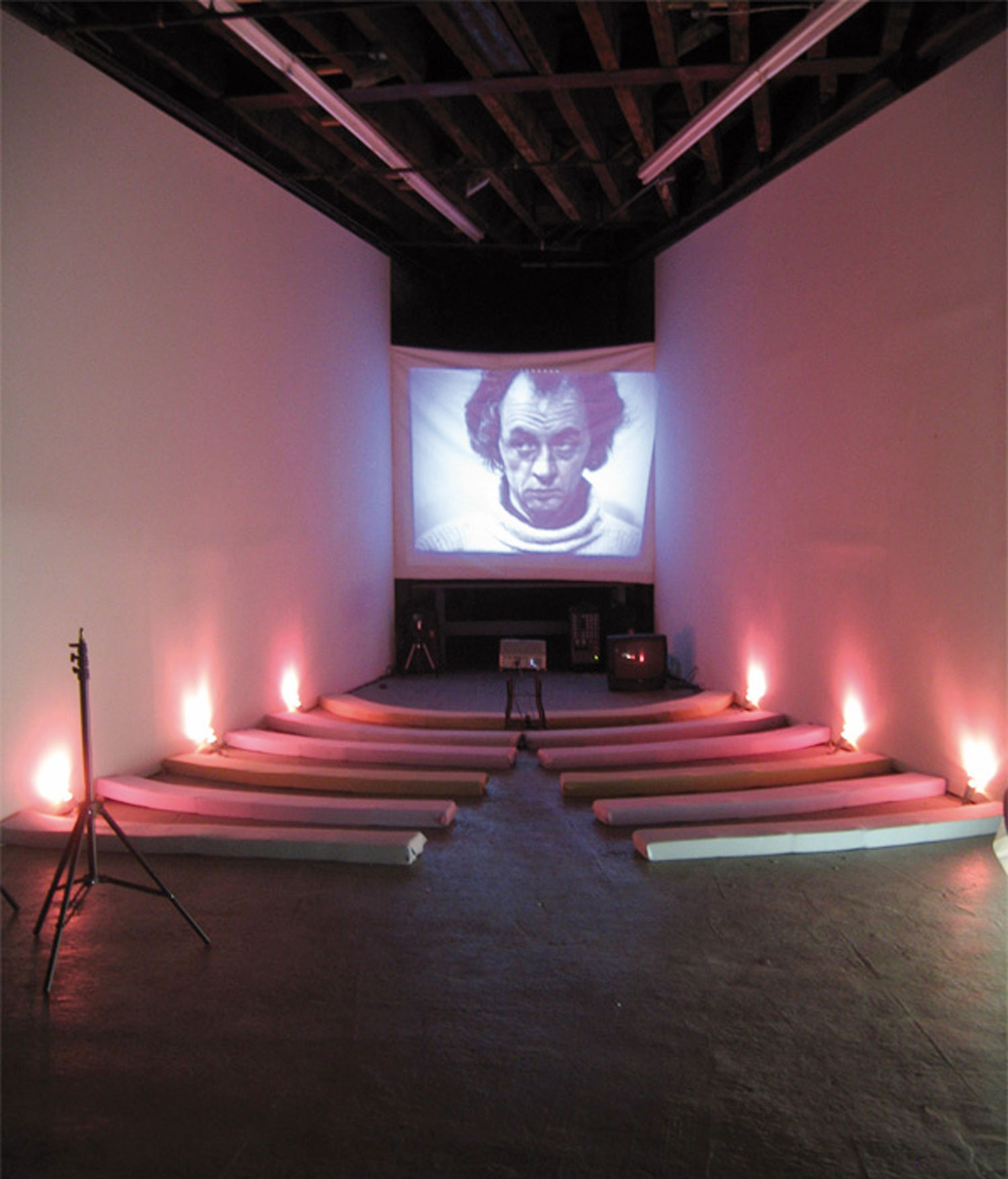
We know all too well that controversy is a favorite sport of Italians. Unfortunately, we do not engage in the kind of controversy that struggles for ideas, but rather in controversy that bounces around, screaming and growing upon itself in defense of the ego or the minor conquest of a hortus conclusus. This is the sickness that ails Italian politics and culture. And it is this thought, provoked by the new controversy against “Italics,” that has given me a favorable disposition towards the exhibition.
It is true that ‘Italic’ people have a strong relationship with the past that threatens to chain them to a self-referential perspective and finally to marginality. And yet not even the most irreverent among the ‘Italics’ — Maurizio Cattelan — seems to give up this relationship. His new white Carrara marble sculptures, lying on the ground like corpses covered in sheets (All, 2008), welcome visitors in the large atrium at the beginning of the exhibition. On the one hand, the sculptures evoke images of the many victims of the ’70s massacres. Those are years that weigh like lead in recent Italian history. On the other hand, the sculptures represent the dead more universally. Formally, these corpses reinscribe themselves in traces from the past. It is no coincidence that Luciano Fabro’s Lo Spirato (The Expired), 1968, has been placed at the end of the exhibit by Francesco Bonami.
It should be remarked that the exhibition does not follow chronological or historical order. Rather, the show follows a personal thematic configuration as well as a general structure based on style and form. The curator has ably succeeded in defying the frozen sequences of history by creating unexpected and unedited combinations. For instance, certain embarrassing presences (such as Annigoni, Clerici, Ferroni, Emblema), would have maintained their uselessness with difficulty had they been presented within a historical program. However, as part of a display that has focused on thematic and linguistic associations, the works have been absorbed more easily. Every now and then, believing in the strength of a single work rather than in the endorsement of history proves effective.
Furthermore, it serves to breathe life back into the work of past masters, whose pieces are placed side by side with those of artists from recent generations.
Within the exhibition, there are actually breathtaking moments in the sequence of reassembled environments by Colombo, Pistoletto, Alviani and Fontana. The room dedicated to female sensibility works in a similarly harmonious way. In this space, we find Carol Rama’s air chambers, Ketty La Rocca’s cards, Marisa Merz’s portraits and Margherita Manzelli and Vanessa Beecroft’s self-portraits. Inevitably, one must deal with the game of the absentees: even though this is not the right way to judge an exhibition, it is inevitable. In this regard, there is one great absentee, a man who more than any other has been a protagonist in the barricades of which Bonami has spoken so much about: Vincenzo Agnetti.
There are a couple of works that are part of the historical traces that make up the history of Italy that should be recognized: the paralysis brought on by mafia and political violence in the powerful images from 1982 by Letizia Battaglia and those by Tano D’Amico which depict the 1977 protest and its symbolic 3-finger P38 gun sign; or those works such as Ghirri, Basilico and Jodice’s Journey in Italy, that reflect a better image of Italy: the marginal realities of everyday life, of silence, of fog, and of time suspended in a provincial landscape. Italic people are masters at dedicating monuments to the everyday. To make others outside of our borders understand this sensibility, we would need more time, more attention and more depth: qualities incompatible with the sketchy vision for this exhibition.

